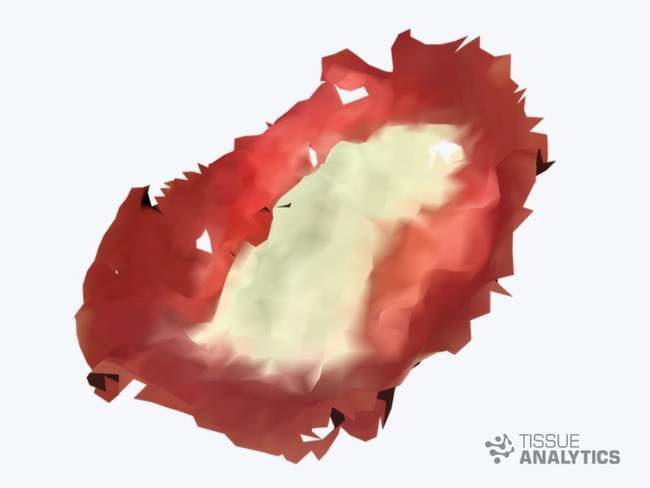
Tissue Analytics was incorporated in 2014 and is based in Baltimore, Maryland.
The company uses algorithms that enable clinicians to generate and securely transfer clinical data from Android or iOS devices into the electronic medical record.
Tissue Analytics chief technical officer Joshua Budman said the company’s 3D measurement feature needs no external device attachments.
Budman said: “From a very simple five-second video, we can now generate a true 3D rendering of any wound, to provide clients with volume and depth measurements at a submillimeter resolution.”
Tissue Analytics offers efficient documentation workflows through partnerships with electronic medical record (EMR) vendors such as Cerner, Epic, athenahealth and Allscripts.
The new 3D wound imaging feature complements the company’s SMART on FHIR EMR deployments and advanced analytics services with applications that range from R&D to care delivery.
Tissue Analytics said with healthcare industry transitioning towards value-based care, its data capture and analysis platform can act as better solution for digital wound care management.
Tissue Analytics, which has a satellite office in Kansas City, has developed a platform that uses machine learning and computer vision to optimize documentation workflows and improve the quality of electronic medical records (EMR) data.
SMART is an acronym for Substitutable Medical Applications, Reusable Technologies, was developed in 2010.
It was developed with a purpose of building a standard framework that allows for the development of ‘interchangeable healthcare applications’. The original goal was to allow any developer to create a healthcare application that could work at any healthcare organization.
FHIR refers to Fast Healthcare Interoperability Resources. It is a draft standard that defines the data formats and elements known as ‘resources’ and application programming interface (API) for exchanging electronic health records. The standard was developed by the Health Level Seven International (HL7) health-care standards organization.
In 2013, SMART pivoted to a standard that works in conjunction with and on top of FHIR.






